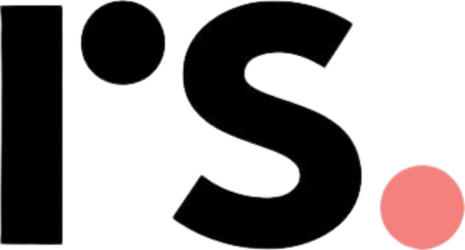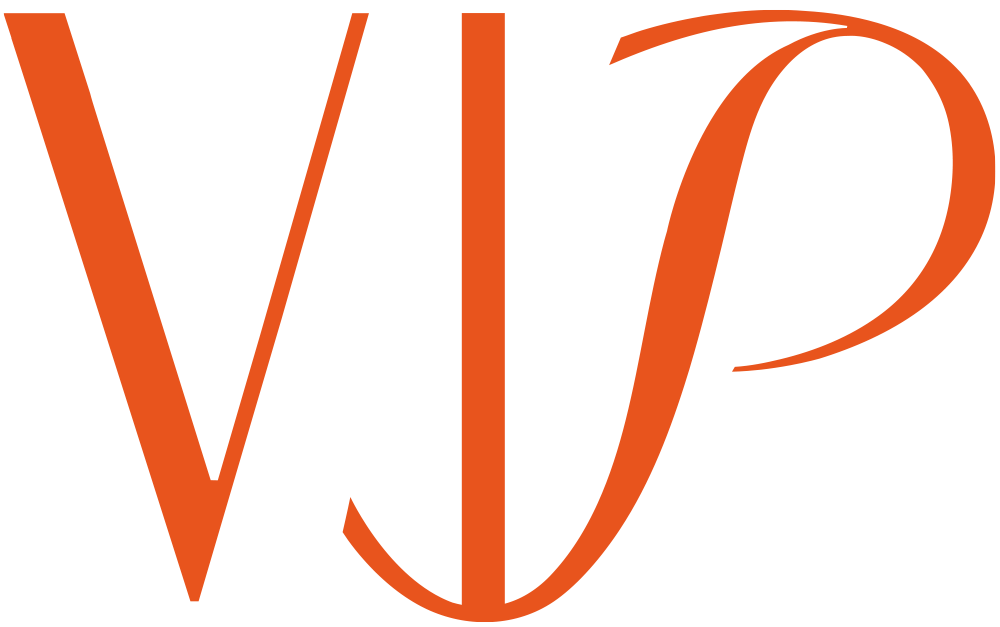[2002.04.24] A New Percutaneous Technique to Narrow the Nasal Bones
Date: April 24, 2002
Conference: 4th Korea-Japan Plastic Surgery Academic Meeting (Shilla Hotel, Seoul)
Title: A New Percutaneous Technique to Narrow the Nasal Bones via Direct Skin Approach
Rationale
Asian patients often present with wide nasal bones, giving the face a less refined appearance. Merely raising the nasal bridge without narrowing the bony vault can result in an unnatural and unbalanced look. Despite the clear need to reduce the width of the nasal bones, many surgeons have hesitated to perform osteotomy due to concerns about excessive bleeding, prolonged swelling, bruising, and the typical need for general anesthesia. Some have attempted to reduce the nasal bone by shaving its lateral sides instead of osteotomy, but this rarely achieves the necessary degree of narrowing. Consequently, a more effective osteotomy method with minimal bleeding and bruising is warranted.
Surgical Method and Instrumentation
Traditionally, nasal osteotomy instruments use a wide guide, inserted from the lower portion of the nasal bone internally and moving upward. This wide guide often causes significant trauma to the nasal mucosa, blood vessels, and surrounding soft tissue, resulting in extensive bleeding and long-lasting bruising.
By contrast, the new approach uses a 2–3 mm micro-osteotome applied percutaneously at a 90° angle from directly above the wide segment of the nasal bone, allowing for osteotomies of both the upper and lower segments from an external approach.
Results
- Minimal Tissue Damage: With percutaneous access, there was no injury to the nasal mucosa, and both bleeding and bruising were significantly reduced, leading to a much faster recovery.
- Precision and Simplicity: The osteotomy lines were smooth and accurately placed, allowing for a more convenient and precise reduction of the nasal bone width.
- Anesthesia: Approximately 75% of cases used sedation, while 25% required general anesthesia.
Discussion
In most Asian patients, reducing the nasal bone width typically necessitates general anesthesia, resulting in considerable bleeding, swelling, and extended recovery—factors that often lead surgeons to forego osteotomy. At the April Korea-Japan Plastic Surgery Academic Meeting, however, Dr. Myung-Ju Lee introduced this new technique, which is simpler than the conventional approach and can be performed under local anesthesia. It results in less swelling, bruising, and downtime, while offering improved accuracy and faster, easier osteotomy procedures. Rather than merely raising the bridge or tip, this method provides a more balanced overall nasal shape, marking a significant advance in rhinoplasty.


















